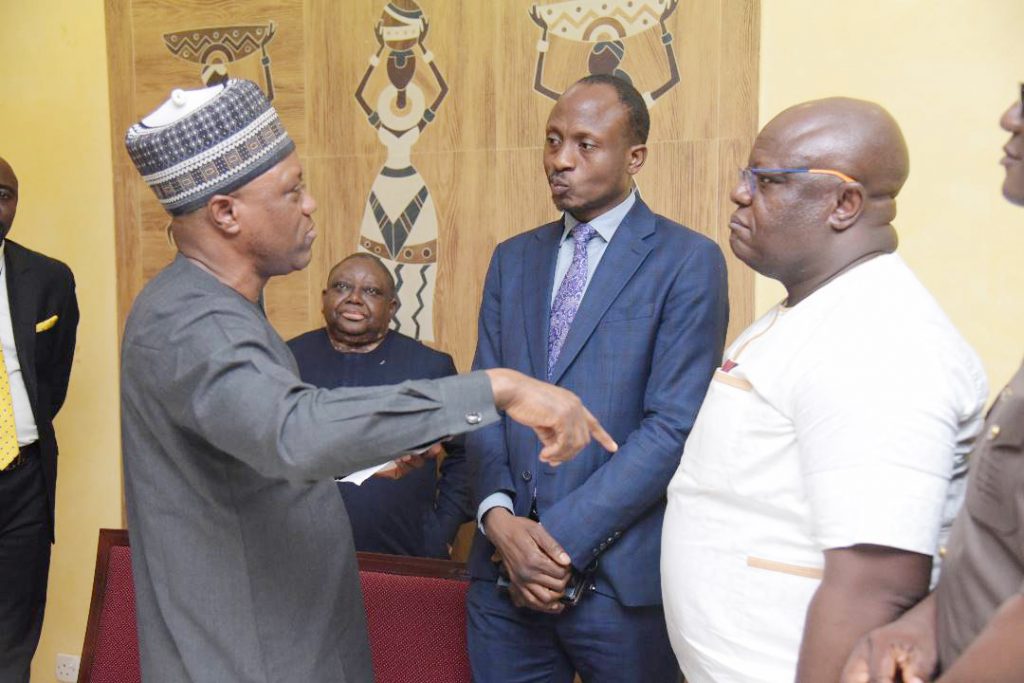
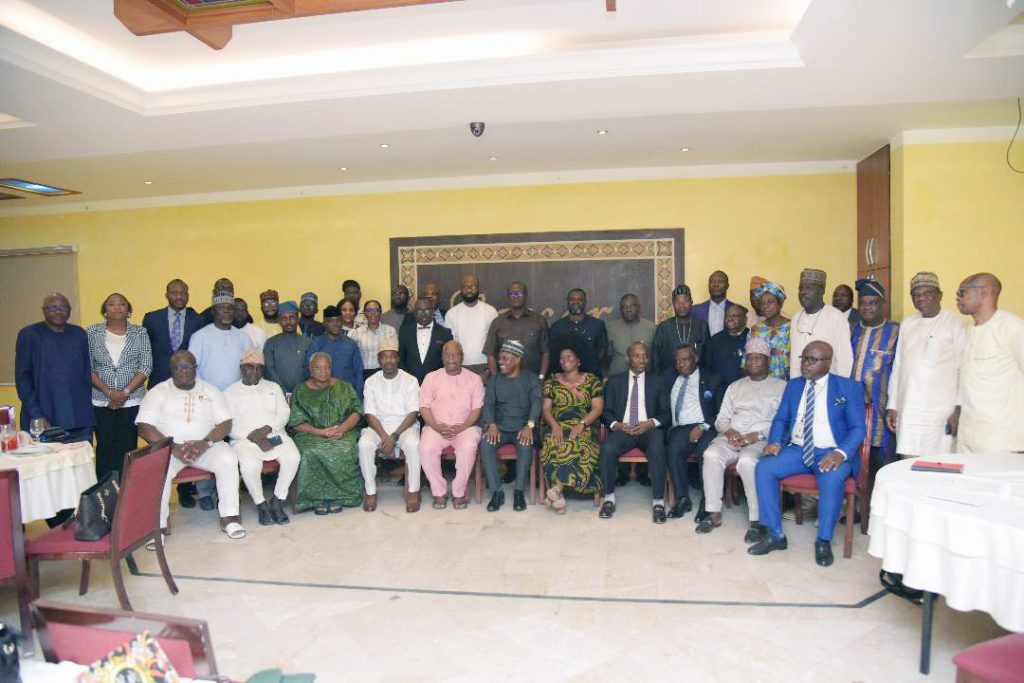


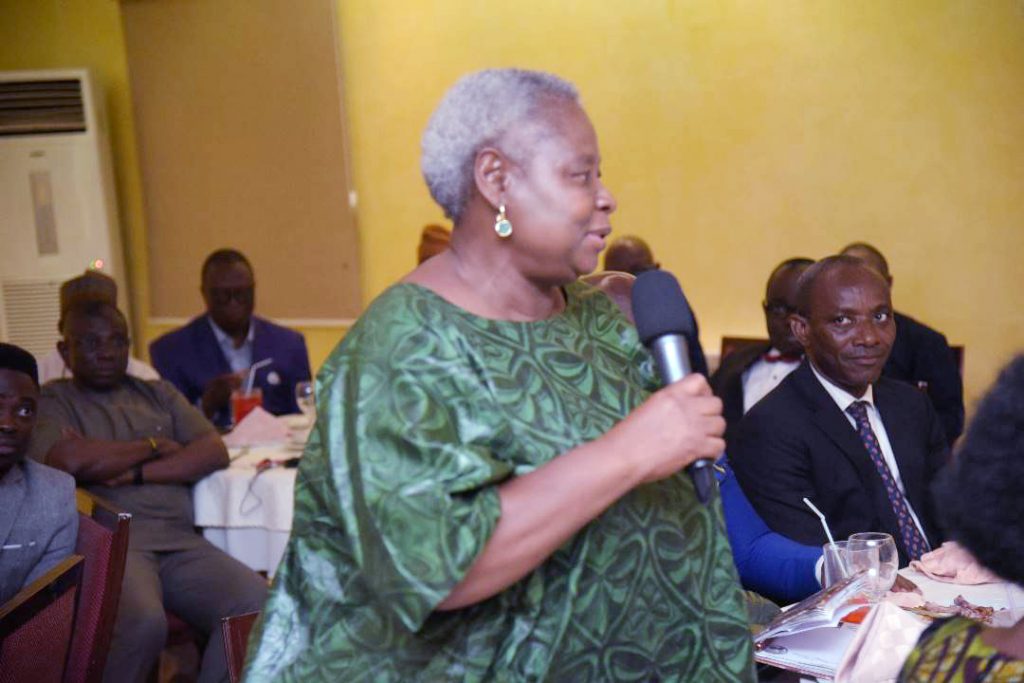

In a bid to produce data on employment that will not only be relevant to present realities but also reflective of the global outlook, the National Bureau of Statistics has reviewed the methodology for computing the Nigeria Labour Force Survey, NLFS. The new methodology is in line with the guidelines adopted during the 19th International Conference of Labour Statisticians (ICLS) in Geneva in 2013.
The Statistician General of the Federation opined that the Bureau would review the methodology for GDP, Inflation, Trade and Labour Force Statistics. Prince Adeyemi Adeniran made this known at several sensitization workshops held with relevant stakeholders on the Redesigned Nigeria Labour Force Survey. During the workshop, Adeniran buttressed the need to adopt the new methodology in order to have accurate survey on workforce in Nigeria and ensure proper planning of the economy. According to him, the planned review will also ensure proper economic policy formulation, which will robustly aid steady growth of the Nigeria economy.
He further opined that so far work has been completed in the National Business Sample Census (NBSC) and the Listing of the National Agriculture Sample Census (NASC), both of which were last conducted 27 and 30 years ago, respectively. These two censuses are major inputs into the re-basing of the GDP.
Additionally, “the Nigerian Living Standard Survey (NLSS) which was published in 2020 and serves as input into the ongoing re basing of the Consumer Prices Index, which we expect to complete by the end of the year’’, Prince Adeniran said.
The SG said the new approach explained in a workshop the concepts of labour force; unemployment and underemployment. The workshop had representatives of development partners from the Central Bank of Nigeria, the academia, media, CSOs, among others. The new definition of the labour force consists of anyone from the age of 15 years and above, who is willing, available, and able to work. This is a change from the old definition which pegged it to those aged between 15 and 64 who are willing, available, and able to work during the reference period of 7 days.
Definition of the Unemployed – the new definition of an unemployed person is anyone within the labour force who within the reference period (previous 7 days) did not work for a minimum of 1 hour. This is a significant change from the old definition in which to be considered employed, a person needed to have worked for a minimum of 20 hours within the reference period.
Definition of Under-employed – Under the old definition, a person is considered Under-employed if he or she worked between 20 and 39 hours within the reference period of a week. Under the new definition, however, anyone working under 40 hours, that is 1 to 39 hours a week, and is willing to accept more hours of work is considered under-employed.
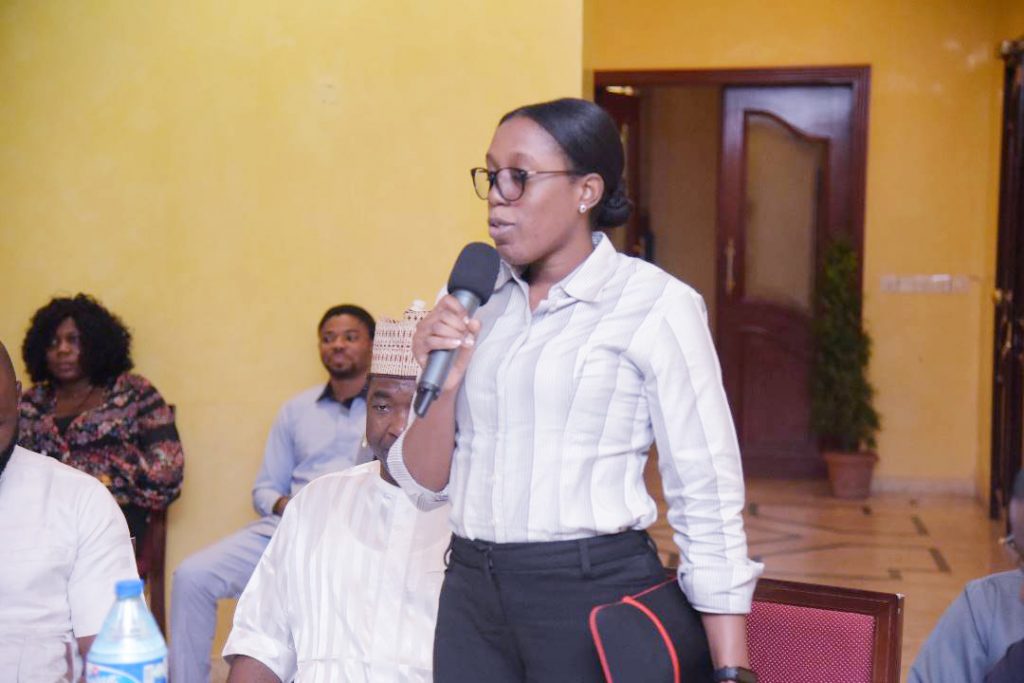



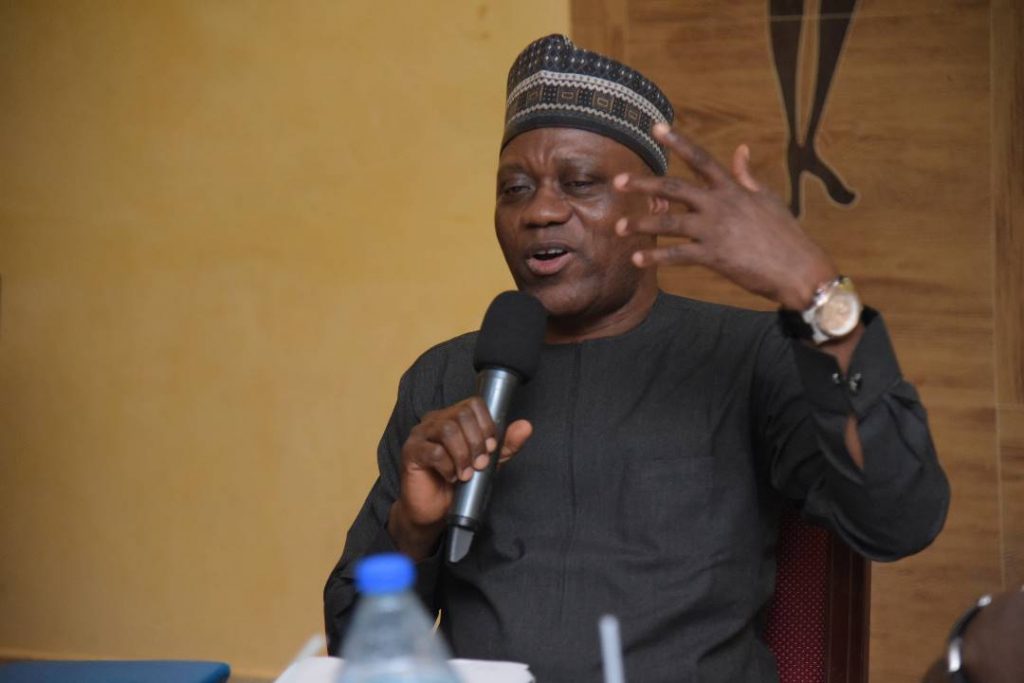
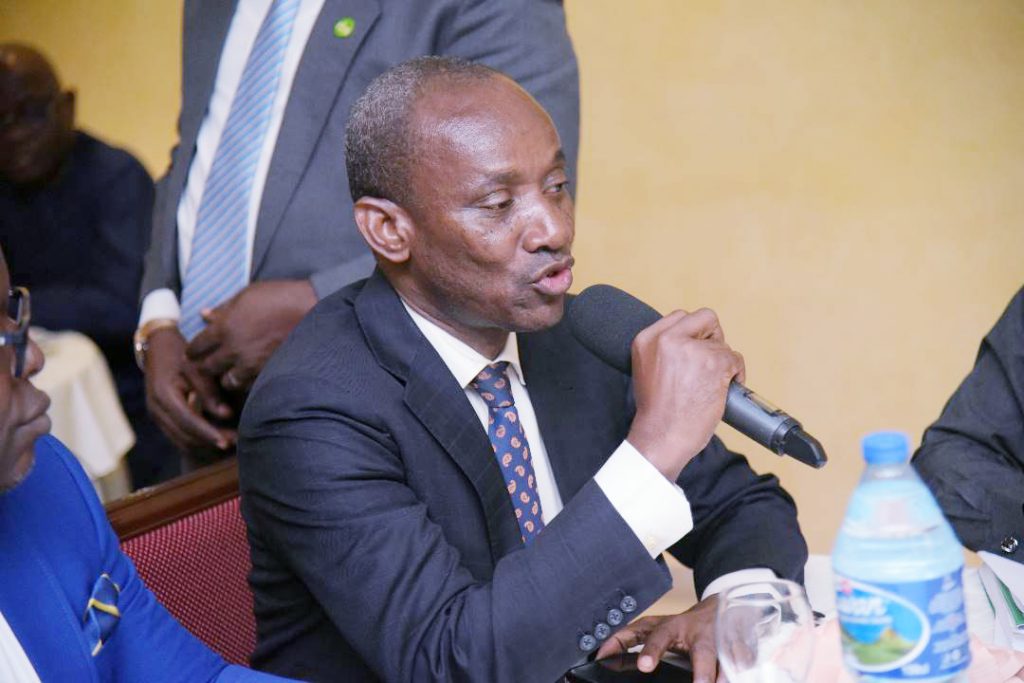
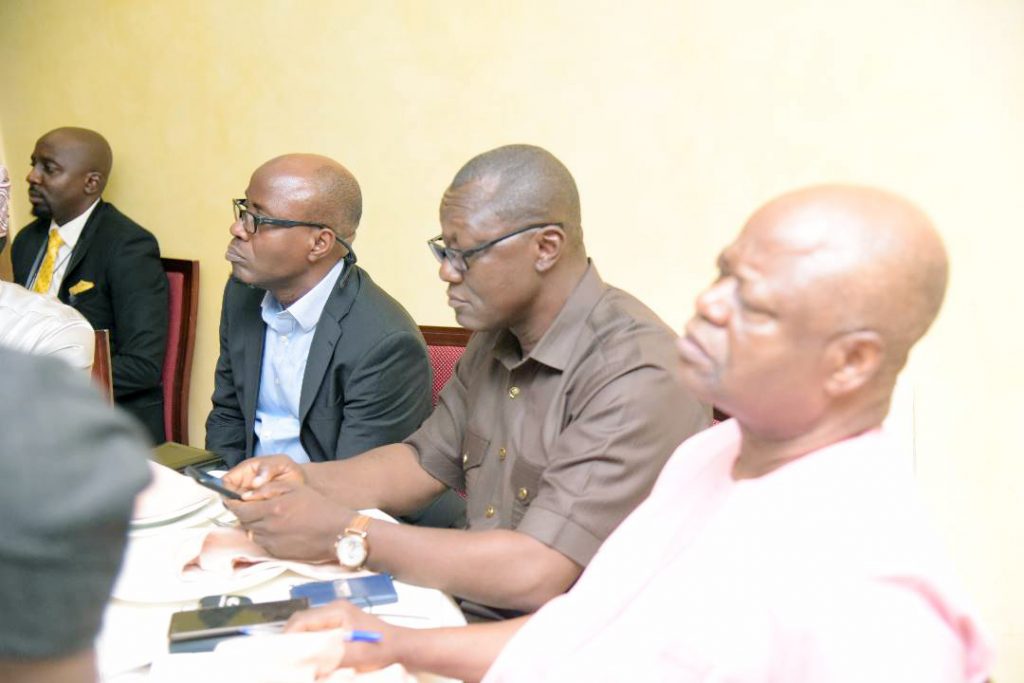
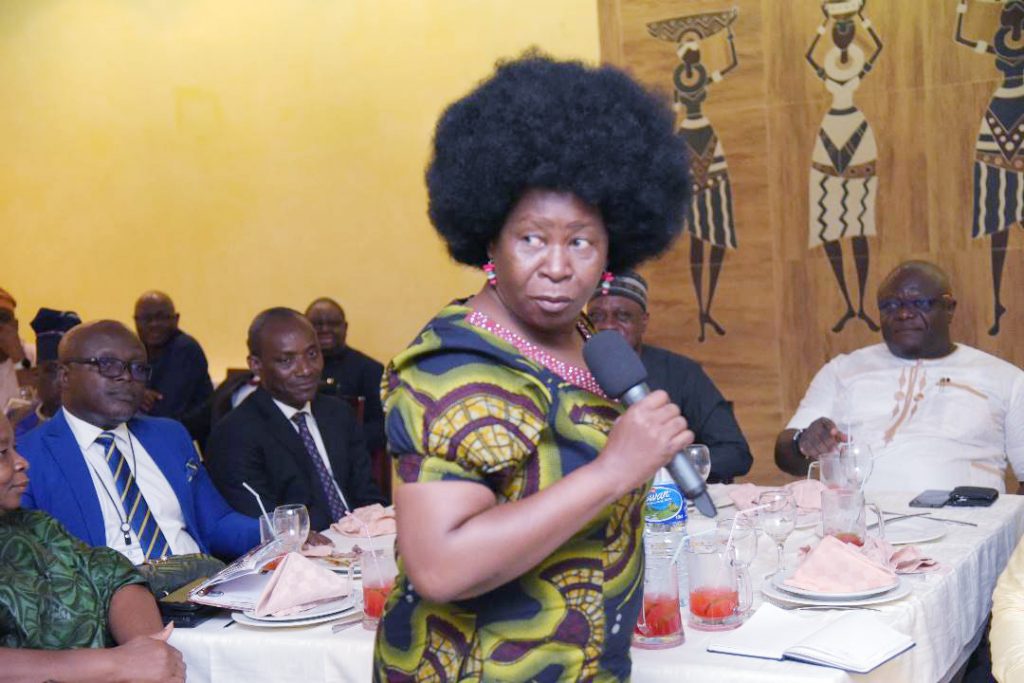
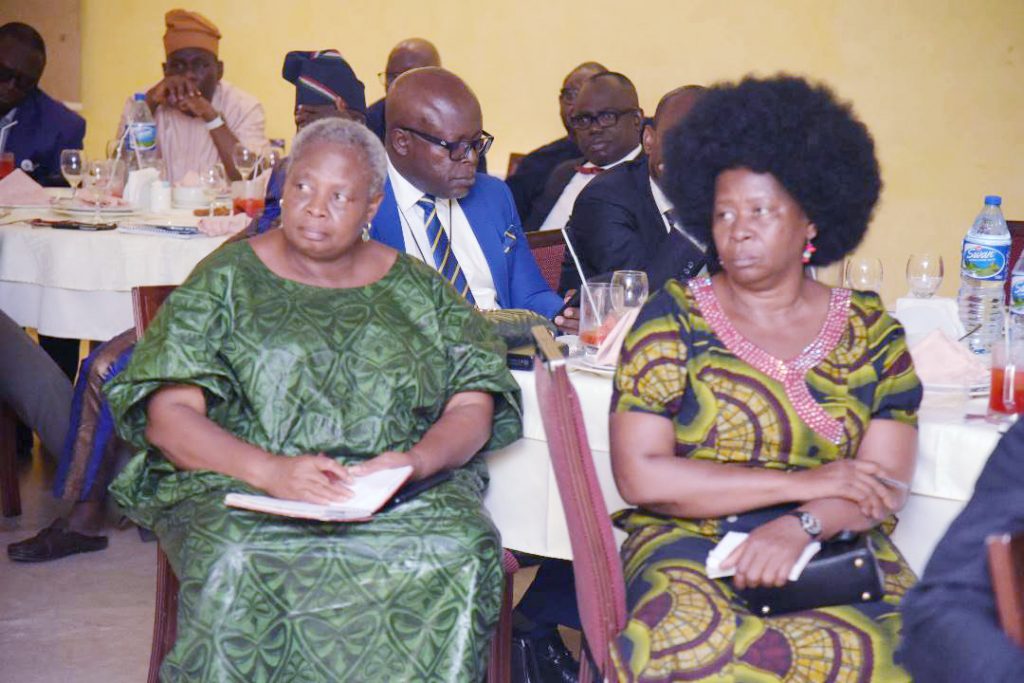
Supportive voices from relevant stakeholders across the globe, like Lead Economist, World Bank, Utz Pape, said aside from producing data that meets international standards, the new methodology would produce more labour market indicators that will inform government policies.
In a presentation, Dr Yacouba Diallo, Principal Statistician, ILO, Dakar Office, said “before the 19th ICLS, the last review was done in 1982 during the 13th ICLS to address its limitation on the definition of work. Work, by definition, is productive activities paid and unpaid. There are different forms of work and employment is one of them. We will see one of the criteria to define employment when we refer to this new framework is that it should be provided for pay or for profit’’.
The National Bureau of Statistics (NBS) says it is working with the World Bank to adopt new methodology for the conduct of the Nigeria Labour Force Survey (NLFS). The Statistician General of the Federation, Semiu Adeyemi Adeniran, said that this was to allow the survey to be conducted in line with international best practices and locally relevant to the populace
Adeniran noted that the last report of the survey which was published in the fourth quarter of 2020 had elicited rejection and applause from its users, thus, the need to re-evaluate the methodology and process deployed in conducting the survey.
To this end, the National Bureau of Statistics has designed a new approach for the conduct of the NLFS. This new approach involves a 12-month-long method of data collection, with a streamlined workforce, manageable sample size and an enhanced quality assurance mechanism built into the process. The outcome of the review has brought about new additions to the instrument, capturing information on persons employed but not at work; long-term unemployment, job satisfaction, discouraging job seekers, and information on decent work, which is one the indicators of the SDG Goal 8.
Adding that the result was expected to produce national figures on a quarterly basis with a full state-level disaggregated report to be published at the end of the 12 months of data collection.
The National Bureau of Statistics (NBS) recently announced that it is using a new methodology for Nigeria’s labour force survey, which aggregates the number of employed and unemployed persons in the country. According to the Statistician General of the Federation, Semiu Adeyemi Adeniran, the update is to bring to bear international standard, the Nigerian Living Standard Survey (NLSS). Adeniran said, with all eyes on the bureau to produce accurate data that is of set standards and guidelines, it decided to adopt a new methodology that would be more relevant to present realities and reflective of the evolving societies.
Also, in agreement with new methodology on labour force survey by notable civil society organizations, under the aegis of Initiative for Leadership and Economy Watch in Nigeria, Integrity Advocacy for Development Initiative and Centre for Peace and Transparency in Africa and several others; posits that the new methodology will reorganize economic planning to suit present realities with regards to real data of the Nigeria workforce. He advised that this should be taken seriously, since that is the best labour force survey ever in Nigeria. Consequently, it should be adopted by economic planners of Nigeria, with the public and private entities.
Furthermore, following guidelines adopted during the 19th International Conference of Labour Statisticians (ICLS) in Geneva in 2013, the aim of this re-evaluation was two-fold. First, It was meant to ensure that the methodology is in line with international best practices and remain locally relevant. Second, it was to ensure that a production process was robust enough to produce estimates on a sustainable basis (avoiding periodic gaps), and also, produce more labour market indicators and analysis that will inform government about the employment and job situation in Nigeria.
Fact Check is produced in partnership with the Centre for Democracy and Development (CDD). It explained that the 13th ICLS used to conduct last survey, which was the last published labour survey in Nigeria. It was conducted using the 13th ICLS, which was birthed and adopted in 1982 at the International Conference of Labour Statisticians. The report gave the basis on how labour surveys are to be conducted and restricted those to be surveyed and the time the survey was to be carried out. Consequently, the report is faulty as it does not provide some indices to accurately provide information on how households use their labour resources and on the subsequent impact of these on livelihoods and on their well-being.
MAJOR CHANGES EXPECTED
Also, those that would be categorized as unemployed would have worked at least one hour from the previous seven days the survey would be conducted which is a departure of the 20 hours the old method carried. Similarly, the underemployment would be tagged for those who work on to 39 hours a week, and are willing to accept more hours of work which was formerly between 20 and 39 hours within the reference period of a week.
The methodology would also introduce volunteering work as part of the survey. However, this does not translate to those engaging in it to be labelled employed. Similarly, the sample size of respondents would be increased to 35,520 households nationwide using newly demarcated Enumeration Areas spread across 12 months, which is against the sample of 33,300 nationwide.
The new methodology is expected to reduce Nigeria’s unemployment figure which was last conducted in 2020 and pegged those that were unemployed to be 33 percent of the population. Other changes expected is that it will increase the age basket of those that are considered to be among the labour force. The old method defined those that are in the labour force to be from 15-64 years old; however, the new adopted one views it to be 15 and above who are willing, available, and able when the survey is conducted.


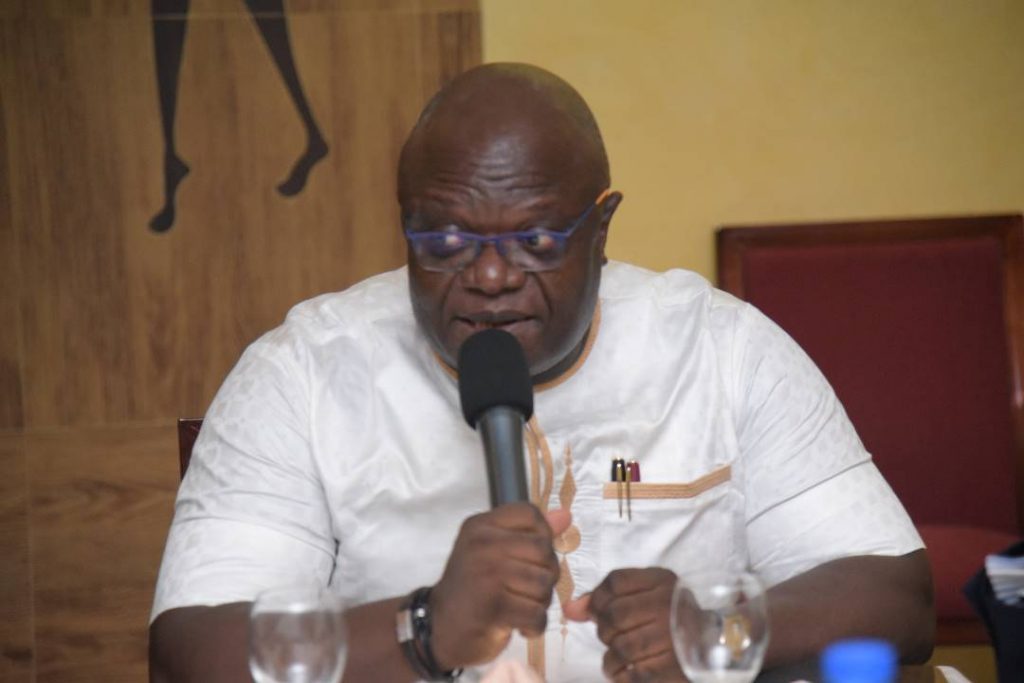
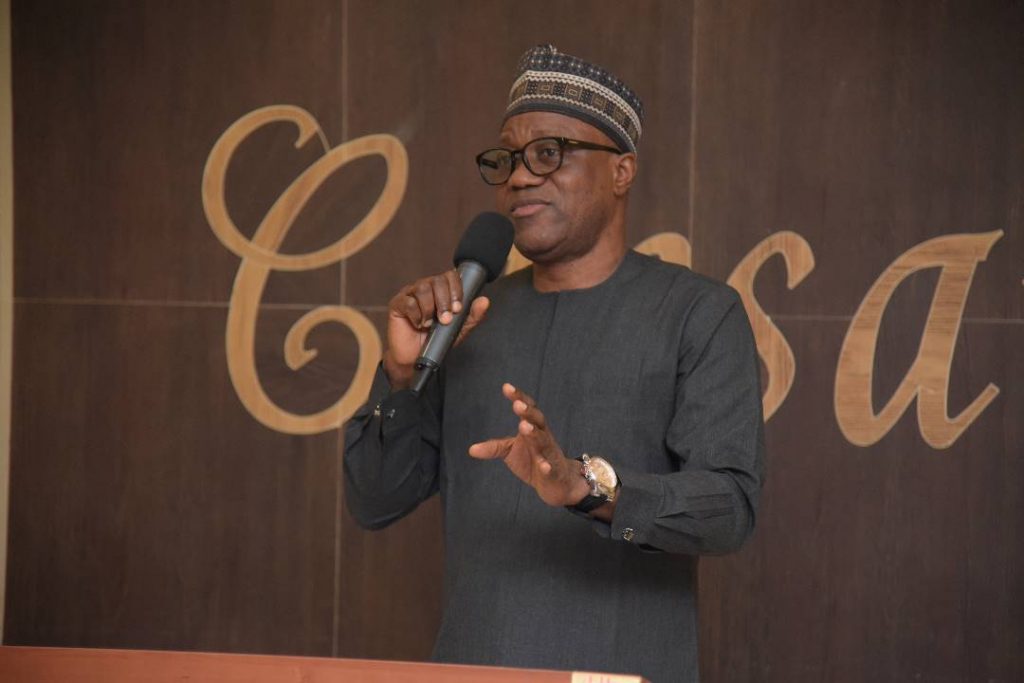

While those who engage in subsistence were included in the old methodology, the category would be removed and be surveyed differently.The new method would adopt a continuous data collection throughout the year which is against the quarterly collection of data that was done before.
In conclusion, the new methodology developed by National Bureau of statistics is apt and also intended to improve economic planning of Nigeria, having state of the art accurate data to work with when planning. It will be counterproductive and inappropriate to continue to use old economic data template to plan 21st century economy. We must take into cognizance present realities and peculiarities, which is key to having proper economic data to robustly plan with, which is most imperative in achieving economic growth of the nation. Accurate data with good planning results in economic success. The new methodology is thus in line with international best practices and should be supported by all and sundry for the economic prosperity of Nigeria.